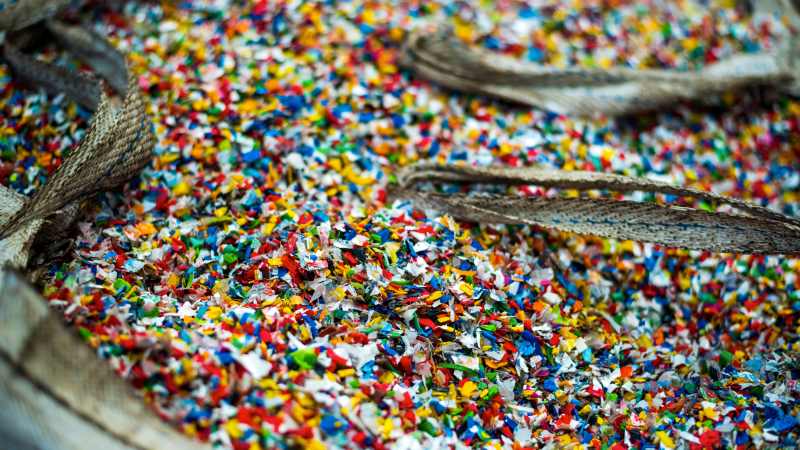Have you ever noticed playground surfaces that seem like they’re made out of rubber? It’s because they are. And chances are, that springy stuff is made out of recycled tires.
Many parks and schools have started choosing recycled rubber as ground cover under their outdoor play structures, even though there are a number of other options to choose from.
Here’s why rubber surfaces beat all the competition when it comes to playground safety.
Better Than Pavement
There are very few paved playgrounds being built anymore, and it’s because they’re simply not a safe choice. The risk of injury is much higher on hard surfaces like asphalt or cement than it is on more forgiving surfaces like mulch.
Rubber covering, on the other hand, is very springy. It literally puts more spring in their step, which not only makes it more fun for the kids to run on, it reduces playground injuries and keeps them from being as serious as they would be on firmer material with less elasticity.
Better Than Grass
Grass under a playground is certainly a natural choice, but over time, the grass is trampled and killed by kids running over and over it. Plus, the ground that’s left has been packed down so tight that it becomes much harder than regular dirt.
Where grass does survive, it requires resources, including water and regular maintenance like mowing. Rubber surfaces don’t.
Better Than Wood Mulch
Wood mulch is a step in the right direction, which is why it’s become more common over the years. It’s certainly better than asphalt, and it’s preferable to grass for the same reasons we just talked about.
But injuries that happen on playgrounds with wood mulch are still worse than injuries on playgrounds with rubber mulch.
Rubber surfaces can be either loose mulch or solid material. The more solid versions, much like the surfaces for running tracks, also make it harder for potential dangers like broken glass to hide like they can under grass or wood chips. Making dangerous materials clearly visible means they can be avoided and cleaned up—instead of being discovered the hard way.
Better Than Pebbles
Pebbles or scree are sometimes used for playground surfaces too, but as you can probably guess by now, rubber is still the safer choice. Besides being more likely to result in injury, loose stones don’t provide as much traction for running, which means kids are more likely to stumble and fall in the first place. And, if they do fall, they can sustain greater injuries on pebbles than on rubber.
With so many tires being thrown away each year, it’s more than worth it to recycle them, especially when recycling them can literally keep kids safer. And it’s definitely worth supporting the use of recycled rubber in your local community. Consider suggesting to your local authorities, schools, and even day care centers that they consider replacing traditional playground coverings with surfaces made from recycled rubber.
It’s better for the environment, and it’s better for your kids.




